Home>Construction & Tools>Building Materials>How To Stop Brick From Crumbling
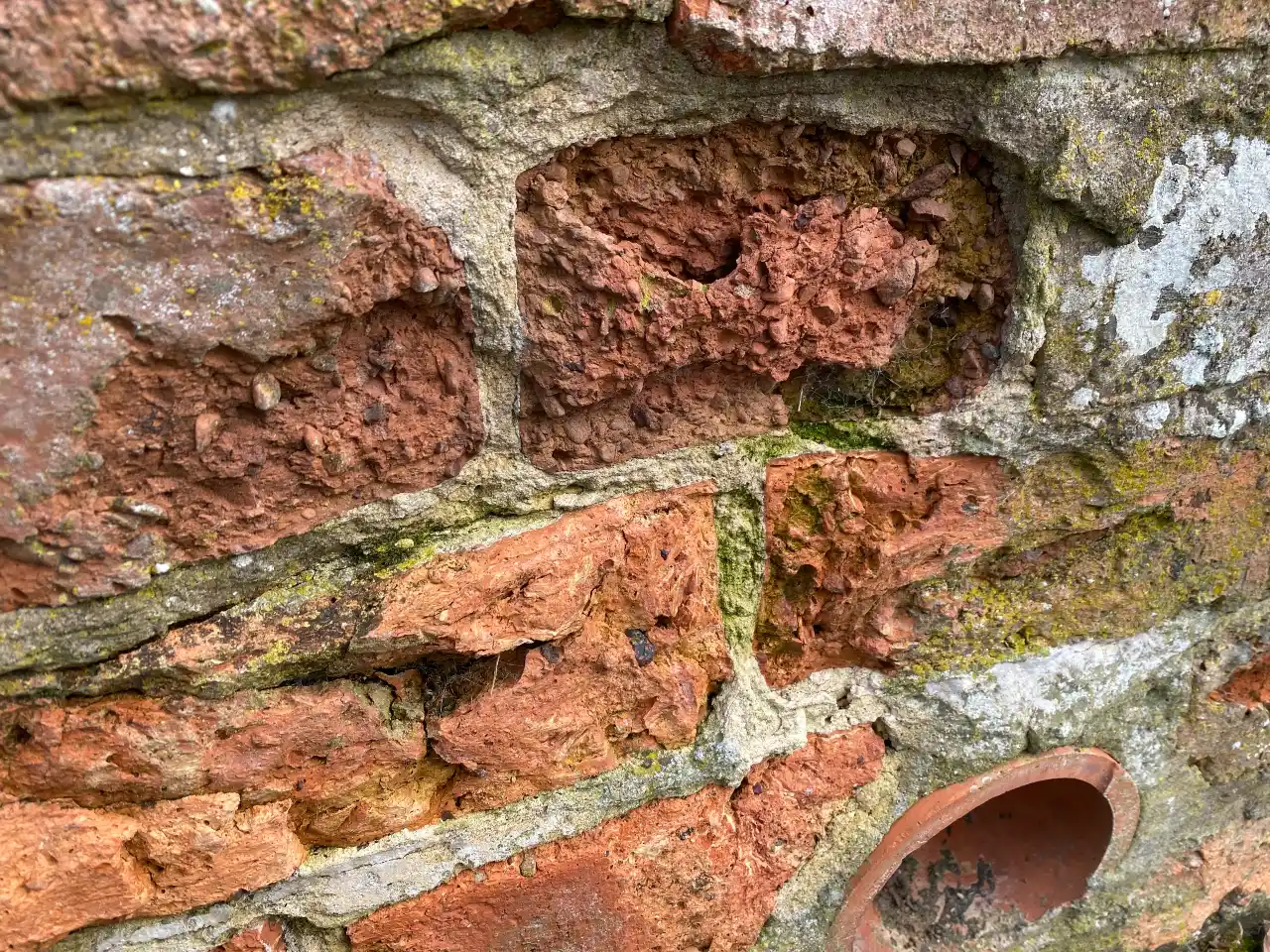

Building Materials
How To Stop Brick From Crumbling
Published: January 23, 2024
Learn how to prevent brick from crumbling with our expert tips and advice. Find the best building materials and techniques to ensure your brickwork stays strong and durable.
(Many of the links in this article redirect to a specific reviewed product. Your purchase of these products through affiliate links helps to generate commission for Storables.com, at no extra cost. Learn more)
**
Introduction
**
Brick, a timeless building material, has adorned structures for centuries with its enduring charm and sturdiness. However, despite its reputation for durability, bricks can succumb to the wear and tear of time, weather, and other environmental factors, leading to the dreaded issue of crumbling. Understanding how to prevent and address this problem is crucial for maintaining the integrity and aesthetics of brick structures.
In this comprehensive guide, we will delve into the various causes of brick crumbling and provide insights into assessing the damage and selecting the right repair methods. Additionally, we will outline the essential steps to halt brick deterioration and explore preventative measures to safeguard against future crumbling. Whether you are a homeowner, a contractor, or a DIY enthusiast, this resource aims to equip you with the knowledge and strategies needed to preserve the structural integrity and visual appeal of brickwork.
Join us as we embark on a journey to unravel the mystery of brick crumbling and discover effective solutions to combat this age-old challenge. Let's dive into the world of bricks and uncover the secrets to stopping them from crumbling.
Key Takeaways:
- Brick crumbling is caused by moisture, age, construction flaws, and chemical reactions. Regular inspections, repairs, and moisture management can prevent crumbling and preserve brick structures.
- To stop brick crumbling, address moisture infiltration, repair mortar joints, replace damaged bricks, and implement preventative measures like proper drainage and regular maintenance. These steps ensure the longevity of brick structures.
Read more: How To Seal Crumbling Exterior Brick
Understanding the Causes of Brick Crumbling
Before delving into the solutions for preventing brick crumbling, it is essential to grasp the underlying causes that contribute to this common issue. Several factors can instigate the deterioration of bricks, leading to crumbling and degradation over time.
1. Moisture Infiltration: One of the primary culprits behind brick crumbling is moisture infiltration. When bricks absorb excessive moisture due to rainfall, high humidity, or inadequate drainage, they become vulnerable to damage. The freeze-thaw cycle exacerbates this issue, as the absorbed water expands upon freezing, causing the bricks to crack and disintegrate over time.
2. Age and Weathering: As bricks age, they undergo natural weathering processes, which can weaken their structural integrity. Exposure to harsh weather conditions, UV radiation, and air pollutants can accelerate this deterioration, leading to the gradual crumbling of the brick surface.
3. Subpar Construction Practices: Poor construction techniques, such as inadequate mortar application, improper brick placement, or insufficient support, can compromise the stability of brick structures. These shortcomings may manifest as cracks, spalling, or disintegration over time, ultimately resulting in brick crumbling.
4. Chemical Reactions: Certain chemical reactions, such as the formation of efflorescence or the corrosion of metal components within the brickwork, can contribute to the degradation of bricks. These reactions can weaken the structural integrity of the bricks, making them susceptible to crumbling and decay.
By understanding these fundamental causes of brick crumbling, individuals can gain valuable insights into the vulnerabilities of brick structures and take proactive measures to mitigate these issues. In the subsequent sections, we will explore the steps to assess and address brick damage, empowering readers to make informed decisions regarding the preservation of their brickwork.
Assessing the Damage
Before embarking on the journey to repair and preserve brickwork, a thorough assessment of the damage is imperative. By carefully evaluating the extent of the deterioration, individuals can determine the most suitable repair methods and develop a comprehensive plan to address the issues effectively.
1. Visual Inspection: Begin the assessment by visually inspecting the brick surface for visible signs of damage. Look for cracks, spalling, efflorescence, discoloration, and areas of crumbling or disintegration. Take note of the location and severity of the damage, as well as any patterns or recurring issues across the structure.
2. Moisture Analysis: Assess the moisture levels within the brickwork to identify potential sources of water infiltration. Use a moisture meter to measure the moisture content of the bricks and mortar. Focus on areas prone to moisture accumulation, such as near downspouts, at the base of walls, and around windows and doors. Identifying and addressing moisture-related issues is crucial for preventing further deterioration.
3. Structural Integrity: Evaluate the overall structural integrity of the brickwork. Check for signs of sagging, shifting, or instability, as these issues can indicate underlying structural problems that require immediate attention. Pay close attention to load-bearing walls, pillars, and other critical structural elements.
4. Professional Assessment: In cases of extensive damage or structural concerns, seeking the expertise of a qualified mason or structural engineer is advisable. A professional assessment can provide valuable insights into the underlying causes of the damage and offer expert recommendations for repair and reinforcement.
By conducting a thorough assessment of the damage, individuals can gain a comprehensive understanding of the issues affecting their brickwork. This knowledge serves as a foundation for formulating an effective repair strategy and selecting the most appropriate methods to halt further deterioration and restore the structural integrity of the bricks.
Choosing the Right Repair Method
Once the assessment of the brick damage is complete, the next crucial step is to select the appropriate repair method tailored to the specific issues identified. The choice of repair method is influenced by factors such as the extent of the damage, the underlying causes, and the desired aesthetic and structural outcomes.
1. Tuck-Pointing: For brickwork affected by deteriorating mortar joints, tuck-pointing offers an effective solution. This process involves removing the deteriorated mortar and replacing it with fresh mortar, restoring the structural integrity and visual appeal of the brickwork. Tuck-pointing also addresses moisture infiltration issues by creating a tight seal between the bricks.
2. Brick Replacement: In cases where individual bricks exhibit significant damage or deterioration, replacing the affected bricks is a viable option. Careful removal and replacement of damaged bricks, coupled with proper mortar application, can rejuvenate the appearance of the structure and prevent further crumbling in localized areas.
3. Chemical Cleaning and Sealing: Efflorescence, a common issue resulting from salt deposits on the brick surface, can be addressed through chemical cleaning and sealing. This process involves the application of specialized cleaning solutions to remove efflorescence and the subsequent sealing of the bricks to prevent future salt migration and deterioration.
4. Reinforcement and Structural Repairs: In instances where structural integrity is compromised, reinforcement and structural repairs are essential. This may involve the installation of steel reinforcements, the repair of load-bearing elements, or the implementation of advanced repair techniques to stabilize and fortify the brickwork.
5. Waterproofing and Moisture Management: Addressing moisture infiltration and implementing effective waterproofing measures are critical components of brick repair and preservation. Waterproofing solutions, such as breathable sealants and moisture barriers, can safeguard the bricks against water damage and mitigate the risk of crumbling due to excessive moisture exposure.
By carefully considering the nature of the damage and the underlying causes, individuals can make informed decisions regarding the most suitable repair methods for their brickwork. Each repair approach is tailored to address specific issues, ultimately contributing to the longevity and resilience of the brick structure.
To stop brick from crumbling, apply a masonry sealer to protect it from moisture and erosion. Regular maintenance and repairs can also help prevent further deterioration.
Steps to Stop Brick from Crumbling
Halting the crumbling of bricks requires a systematic approach that addresses the root causes of deterioration and implements targeted solutions to preserve the structural integrity and visual appeal of the brickwork. By following a series of essential steps, individuals can effectively prevent further crumbling and extend the lifespan of their brick structures.
1. Address Moisture Infiltration: Identify and rectify sources of moisture infiltration that contribute to brick deterioration. Ensure that drainage systems are functioning optimally, repair damaged gutters and downspouts, and implement proper grading to direct water away from the foundation. Additionally, consider applying waterproofing sealants to protect the bricks from moisture damage.
2. Repair Deteriorated Mortar Joints: Conduct tuck-pointing to repair deteriorated mortar joints, preventing moisture penetration and restoring the structural integrity of the brickwork. Carefully remove damaged mortar and replace it with high-quality mortar to create a durable and resilient bond between the bricks.
3. Replace Damaged Bricks: Address localized areas of significant brick damage by carefully removing and replacing the affected bricks. Ensure that the new bricks are compatible with the existing ones in terms of size, texture, and color, and use appropriate mortar to secure them in place effectively.
4. Chemical Cleaning and Sealing: If efflorescence or salt deposits are present on the brick surface, consider employing chemical cleaning and sealing techniques to remove the deposits and prevent their recurrence. This process helps maintain the visual appeal of the bricks while mitigating the risk of efflorescence-related deterioration.
5. Reinforcement and Structural Stabilization: In cases where structural integrity is compromised, enlist the expertise of qualified professionals to implement reinforcement and stabilization measures. This may involve the installation of steel reinforcements, the repair of load-bearing elements, and the application of advanced structural repair techniques to fortify the brickwork.
6. Implement Preventative Maintenance: Establish a routine maintenance plan to monitor the condition of the brickwork and address any emerging issues promptly. Regular inspections, cleaning, and minor repairs can prevent small problems from escalating and contribute to the long-term preservation of the bricks.
By diligently following these steps, individuals can proactively intervene to prevent further brick crumbling and safeguard the structural soundness and aesthetic appeal of their brick structures. These measures not only address existing damage but also contribute to the resilience and longevity of the brickwork, ensuring its enduring beauty and strength for years to come.
Read more: How To Fix A Crumbling Brick Wall
Preventative Measures
Implementing preventative measures is essential for maintaining the structural integrity and visual allure of brickwork, effectively mitigating the risk of crumbling and deterioration. By integrating proactive strategies into building maintenance and construction practices, individuals can safeguard their brick structures against common causes of damage and prolong their lifespan.
1. Proper Drainage and Grading: Ensure that the building site is equipped with efficient drainage systems and proper grading to direct water away from the foundation and brick structures. Adequate surface drainage prevents water accumulation, minimizing the risk of moisture infiltration and subsequent brick deterioration.
2. Regular Inspections and Maintenance: Conduct routine inspections of the brickwork to identify early signs of damage, such as cracks, spalling, or efflorescence. Promptly address any emerging issues through minor repairs, cleaning, and maintenance to prevent small problems from escalating into extensive damage.
3. Appropriate Sealants and Coatings: Apply breathable sealants and coatings to the brick surface to protect it from moisture infiltration and environmental exposure. These protective treatments create a barrier against water penetration while allowing the bricks to breathe, preserving their structural integrity and appearance.
4. Quality Construction Practices: Emphasize the use of high-quality materials and proper construction techniques when building or renovating brick structures. Ensure that mortar is mixed and applied according to industry standards, and that bricks are installed with precision and care to promote long-term durability and resilience.
5. Efficient Moisture Management: Implement effective moisture management strategies, such as installing proper flashing, weep holes, and vapor barriers, to control moisture within the brickwork. These measures help prevent water accumulation and mitigate the risk of efflorescence and moisture-related deterioration.
6. Educational Outreach and Training: Provide education and training to construction professionals, homeowners, and maintenance personnel regarding the best practices for preserving brick structures. By raising awareness and disseminating knowledge about brick maintenance and care, individuals can make informed decisions to protect their brickwork.
By integrating these preventative measures into building design, construction, and maintenance protocols, individuals can fortify their brick structures against the factors that contribute to crumbling and decay. Proactive preservation efforts not only enhance the longevity of brickwork but also uphold its timeless appeal and enduring strength for generations to come.
Conclusion
As we conclude our exploration of brick preservation and repair, it becomes evident that the longevity and resilience of brick structures hinge on proactive maintenance, targeted repairs, and preventative measures. The enduring allure of bricks, coupled with their intrinsic strength, makes them a favored building material, cherished for their timeless elegance and structural integrity. However, the challenges of moisture infiltration, age-related deterioration, and subpar construction practices can compromise the stability and aesthetics of brickwork, leading to the unwelcome issue of crumbling.
By understanding the root causes of brick crumbling and implementing strategic solutions, individuals can effectively combat this pervasive problem and safeguard the longevity of their brick structures. From addressing moisture infiltration and deteriorated mortar joints to implementing reinforcement and preventative maintenance, a comprehensive approach to brick preservation is essential for preserving the beauty and durability of brickwork.
Furthermore, the integration of preventative measures, such as proper drainage, regular inspections, and quality construction practices, serves as a proactive defense against the factors that contribute to brick deterioration. By embracing these measures, individuals can fortify their brick structures against the test of time and environmental pressures, ensuring that these architectural treasures endure for generations to come.
As we bid farewell to this journey through the world of bricks and their preservation, let us carry forth the knowledge and insights gained, empowering ourselves to protect and cherish the enduring beauty and strength of brick structures. Whether as homeowners, contractors, or enthusiasts of architectural heritage, let us embrace the responsibility of preserving these timeless marvels, ensuring that the legacy of bricks remains unyielding in the face of time and adversity.
Together, let us celebrate the resilience and timelessness of bricks, standing as testaments to human ingenuity and craftsmanship, and continue to uphold their legacy for the enjoyment and admiration of future generations.
Frequently Asked Questions about How To Stop Brick From Crumbling
Was this page helpful?
At Storables.com, we guarantee accurate and reliable information. Our content, validated by Expert Board Contributors, is crafted following stringent Editorial Policies. We're committed to providing you with well-researched, expert-backed insights for all your informational needs.
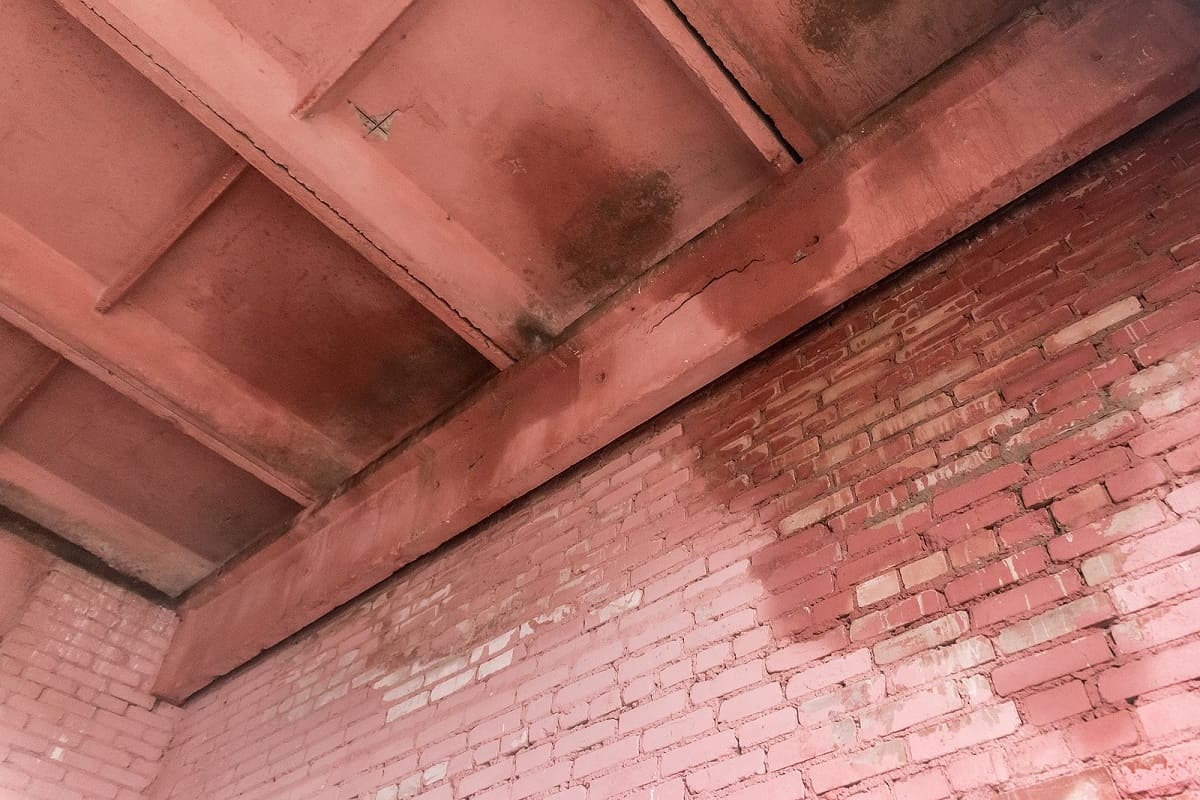
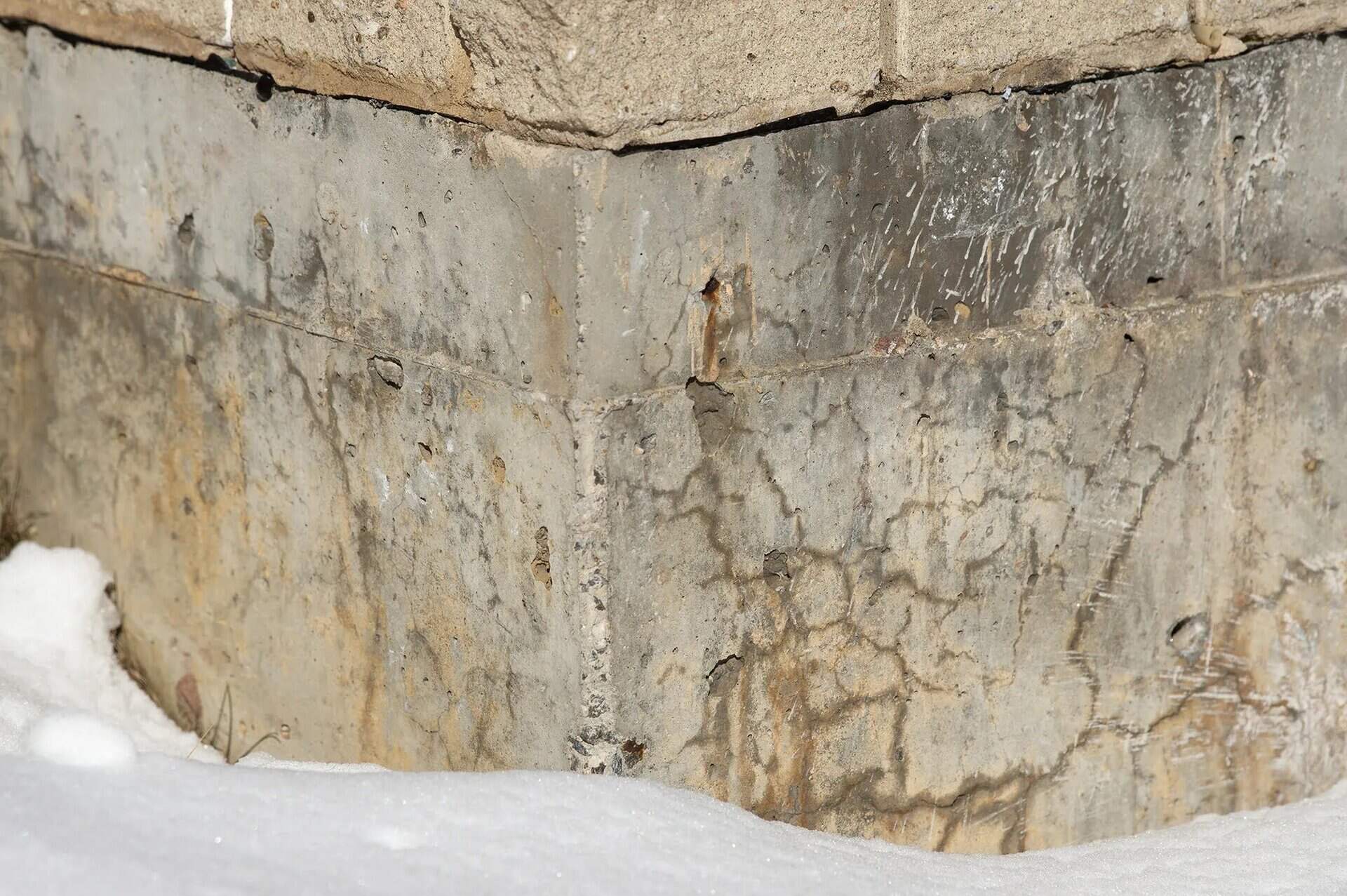

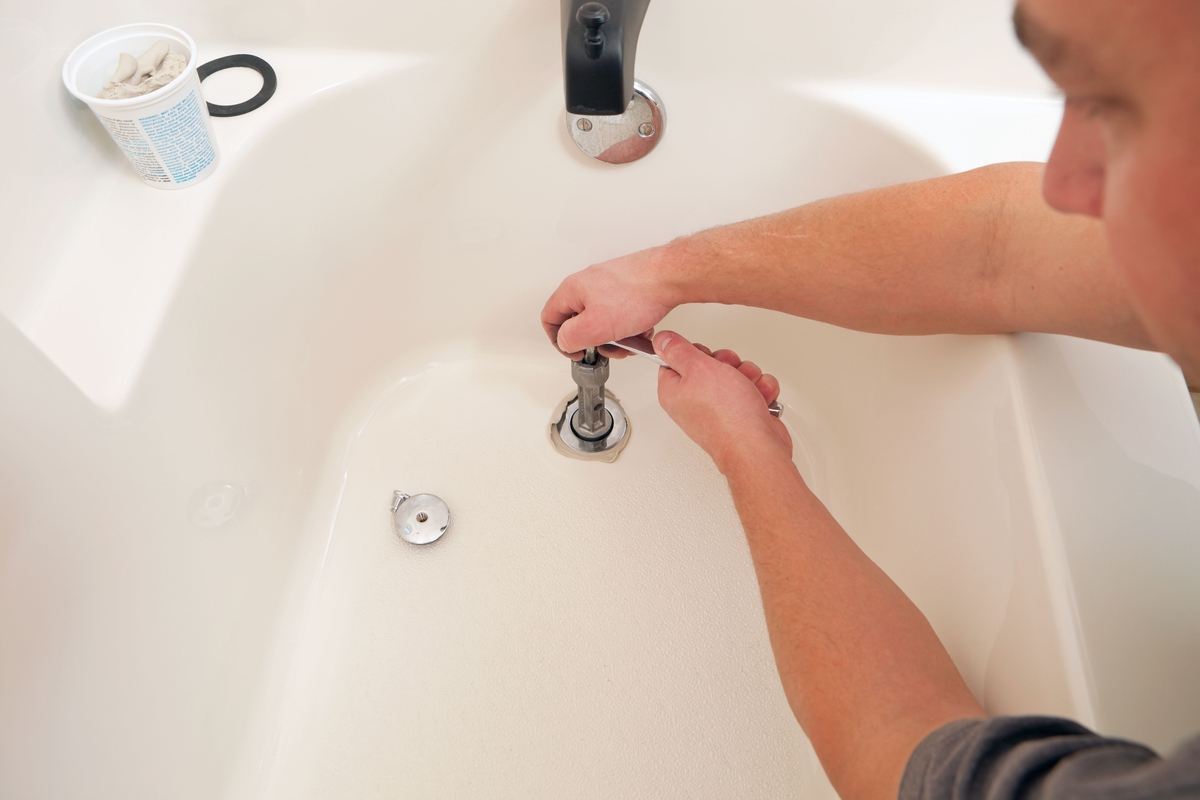

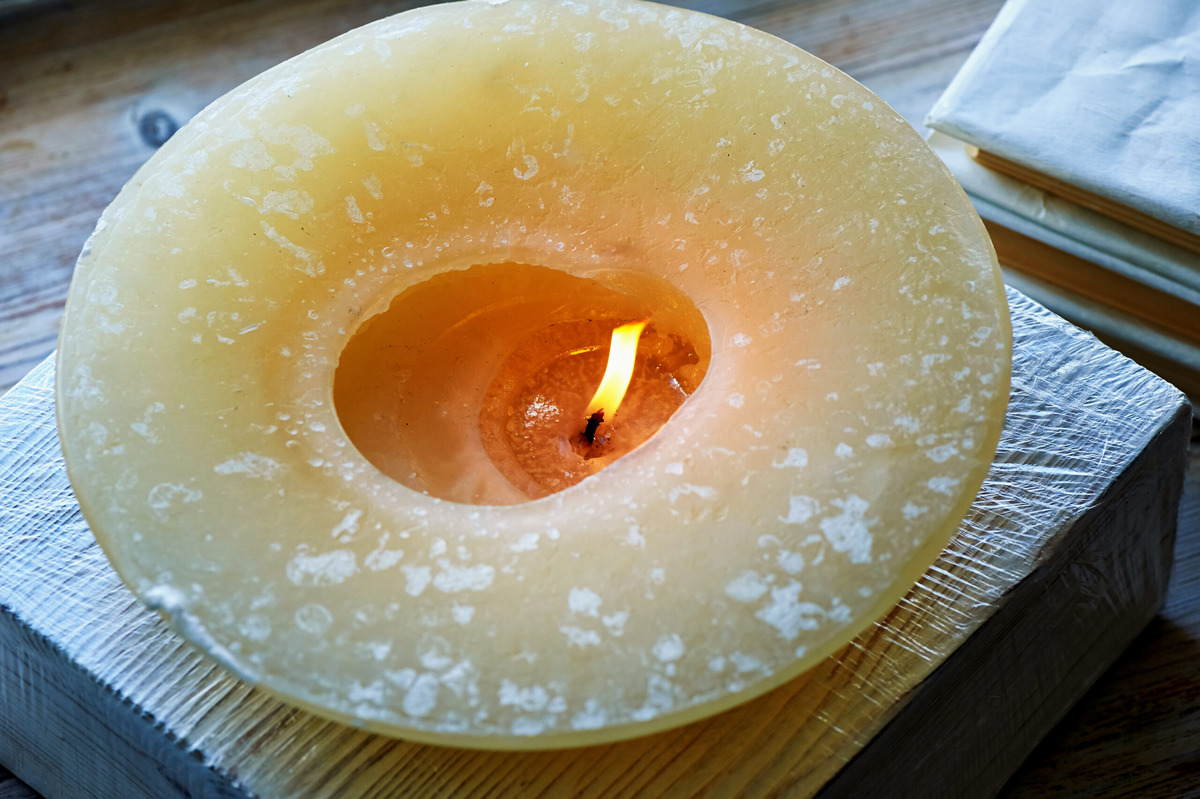
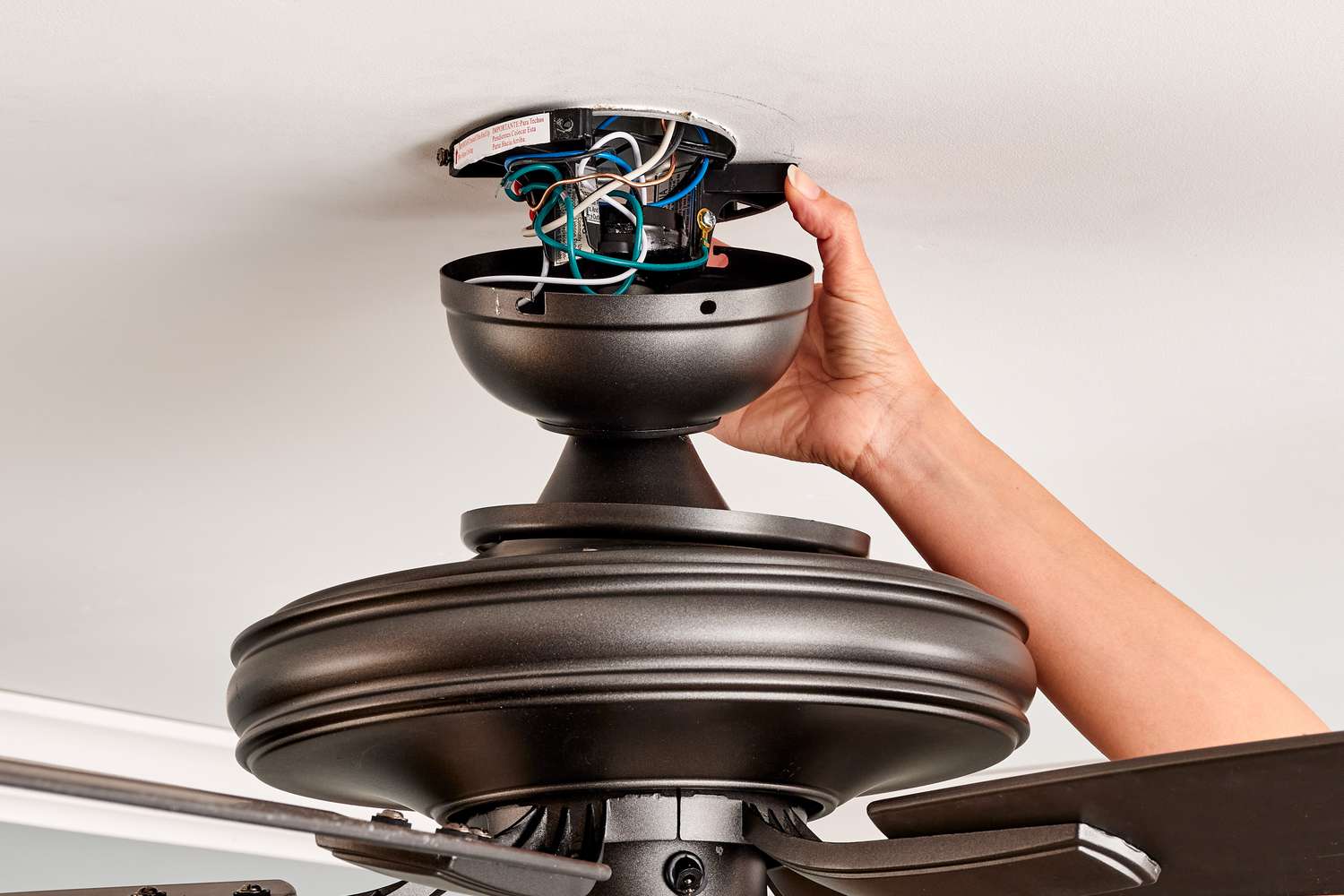
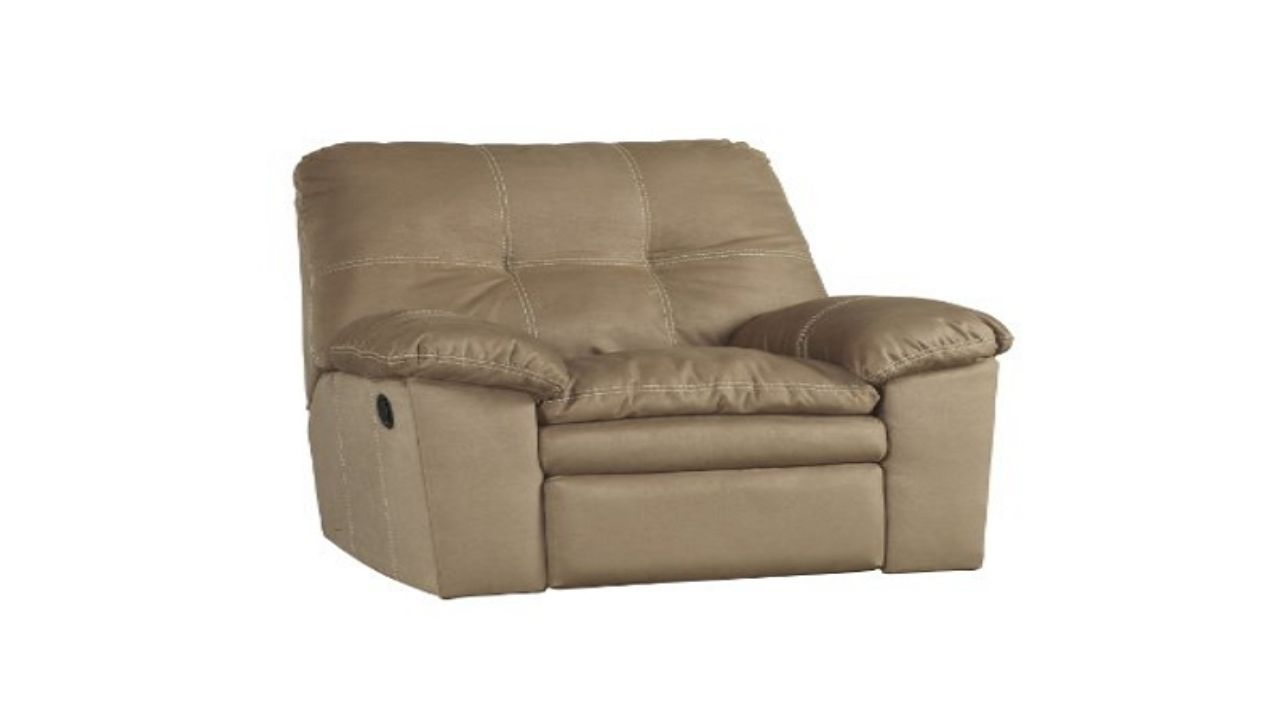
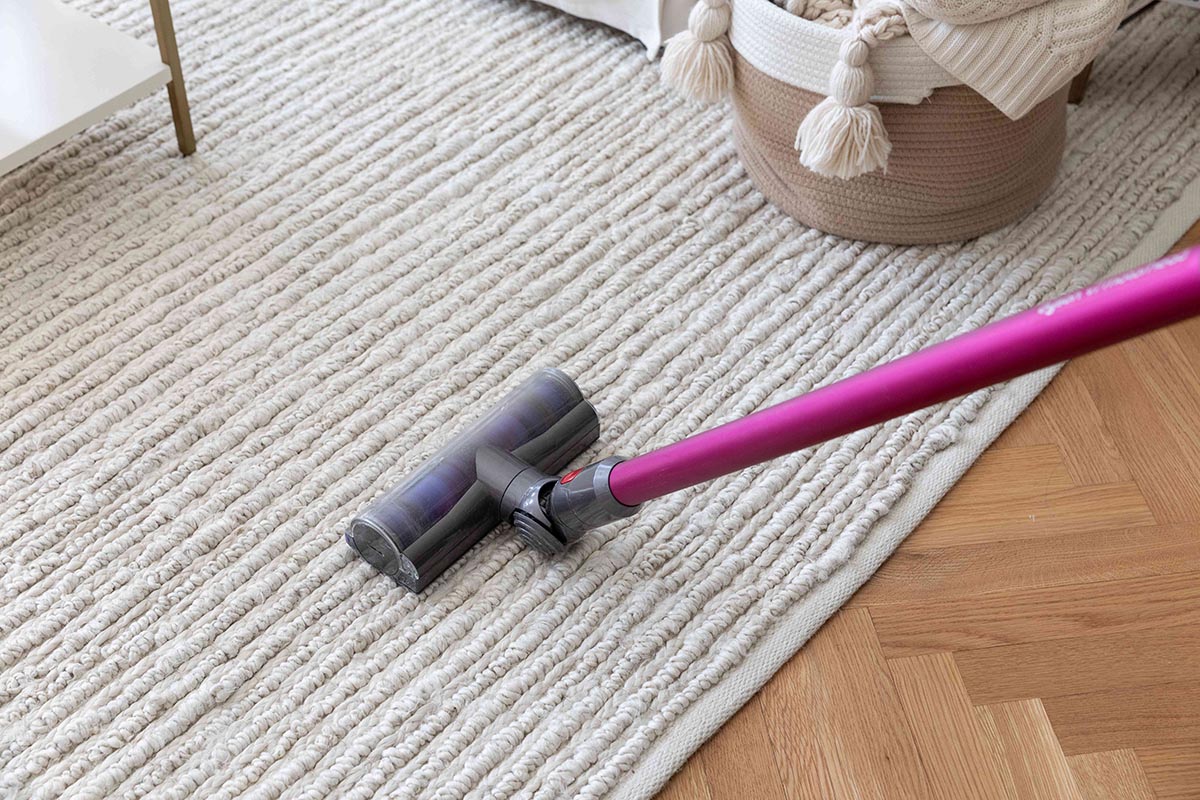


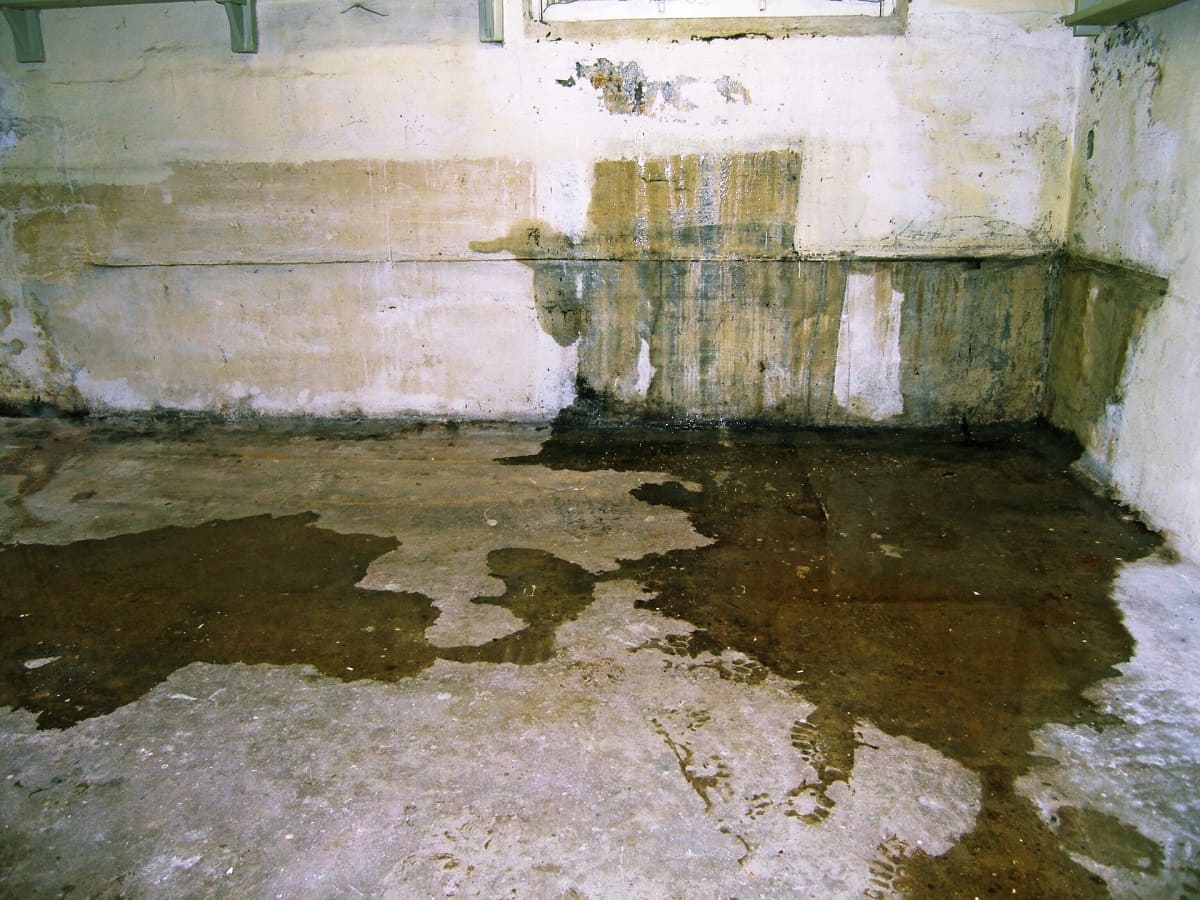



0 thoughts on “How To Stop Brick From Crumbling”